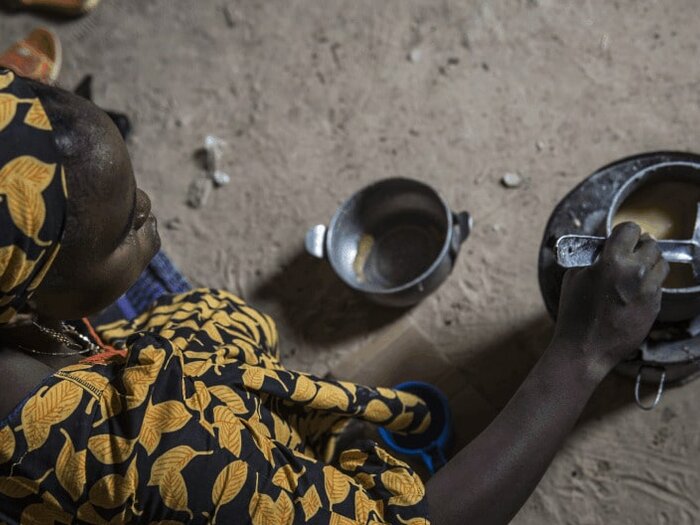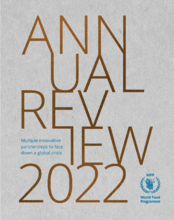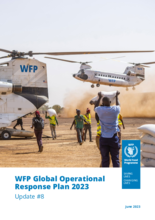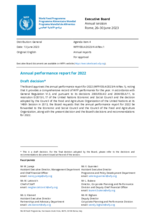Famine prevention
- 40.4 million
- people in 51 countries at 'emergency' or worse levels of hunger
- 77 million
- acutely food-insecure people living in countries where conflict is the main driver
- 122 million
- more people may be forced into hunger and poverty by 2030 as a result of extreme weather events
Famine is never inevitable – with proper planning and coordination, it can be prevented and millions of lives can be saved.
Famine is declared when malnutrition is widespread, and when people have started dying of starvation through lack of access to sufficient, nutritious food. Inequality is a critical factor, with low incomes in particular putting affordable food beyond the reach of millions.
In 2023, there are 40.4 million people in 51 countries at the ‘emergency’ phase of food insecurity. The greatest threat currently lies in Yemen and South Sudan. Among the most vulnerable groups are internally displaced people and refugees caught between the frontlines of hunger, many of whom are totally dependent on food assistance for their survival.
In focus
3 things you may not know about famine — and how to prevent it
Story | 14 April 2021
Safiah and young family among millions trying to keep hunger at bay in Yemen
Story | 9 April 2021
Famine alert: Hunger, malnutrition and how WFP is tackling this other deadly pandemic
Story | 29 March 2021
Yemen: Famine around the corner, says World Food Programme
Story | 1 March 2021
World Food Programme warns of worsening famine in Yemen
Story | 13 January 2021
Interview: WFP emergencies chief calls for funds to avert famine
Story | 7 January 2021




